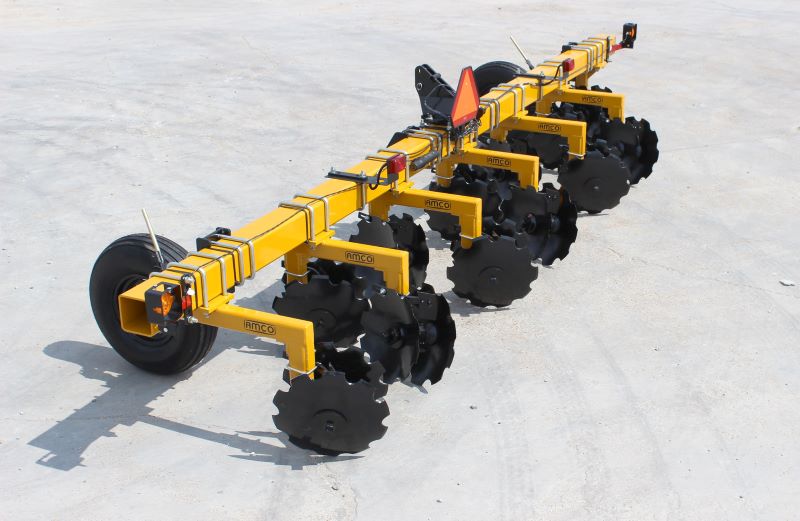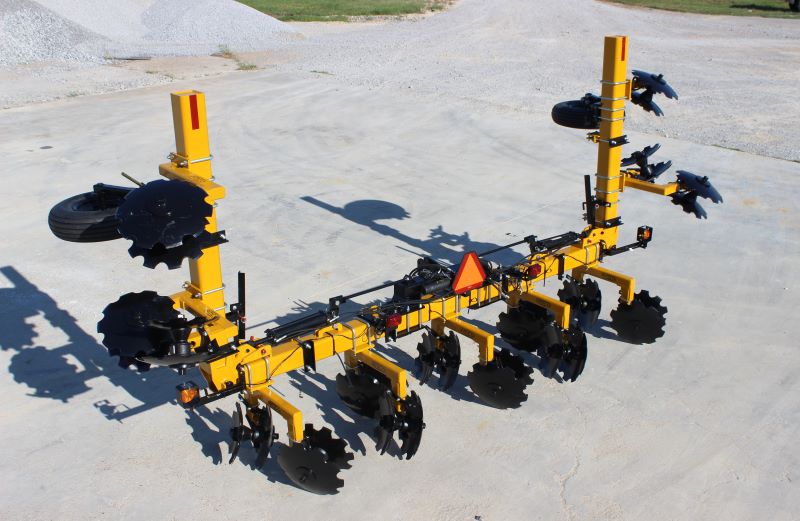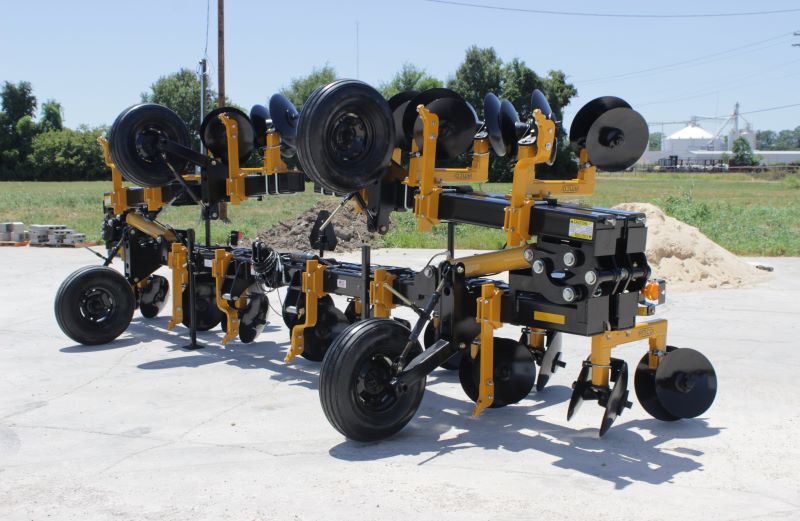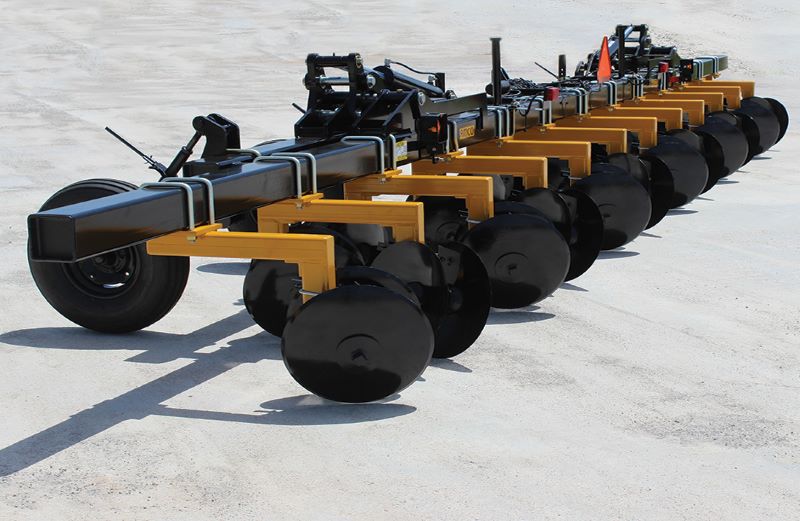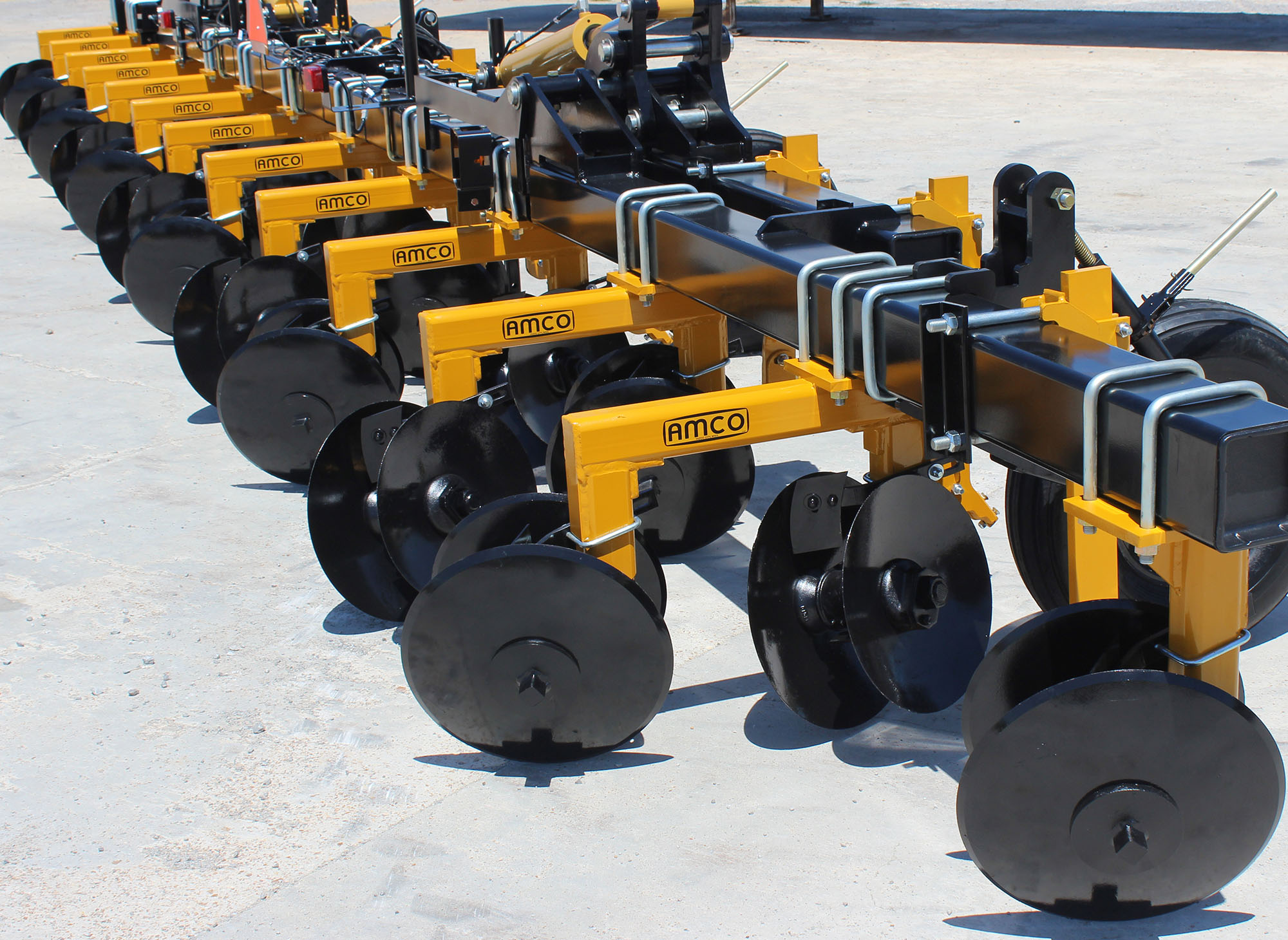
In the ag business, rain is a blessing … until it isn’t. Drought conditions in the Southeast are expected to improve as the region transitions into an El Niño winter, which typically brings wetter-than-normal conditions.
While no one can foresee severe weather, there are steps growers can take to protect crops from water damage. One tried-and-true solution is raised soil beds.
Benefits of raised soil beds
Raised soil beds are typically built using tools like AMCO’s High-Clearance Bedding Hipper Assemblies. Construction happens in the fall after harvest or in the spring before planting. The basic idea is to boost plants up out of the water, which can lead to better growth and yields. For example, researchers found raised beds had a 17.7-bushel advantage over flat ground in a 2007 study at Mississippi State University.1
The benefits of raised beds don’t end there. They can also improve irrigation in your fields, since water is able to flow freely between the rows. Soil is also able to dry faster and retain moisture better. Finally, weeds like ryegrass don’t like growing in raised beds, which means easier weed control.
Fall or spring?
Whether you build your raised beds in the fall or spring varies by region and soil type. Many growers who plant in heavier soil, like mixed clay, build beds in the fall so they’re ready for spring planting. When spring arrives, they just knock off the top ridge of the beds with the hipper and plant into them. But farmers who plant in softer soil often opt to build beds in the spring so the beds don’t degrade over the winter (and to avoid a time crunch during harvest).
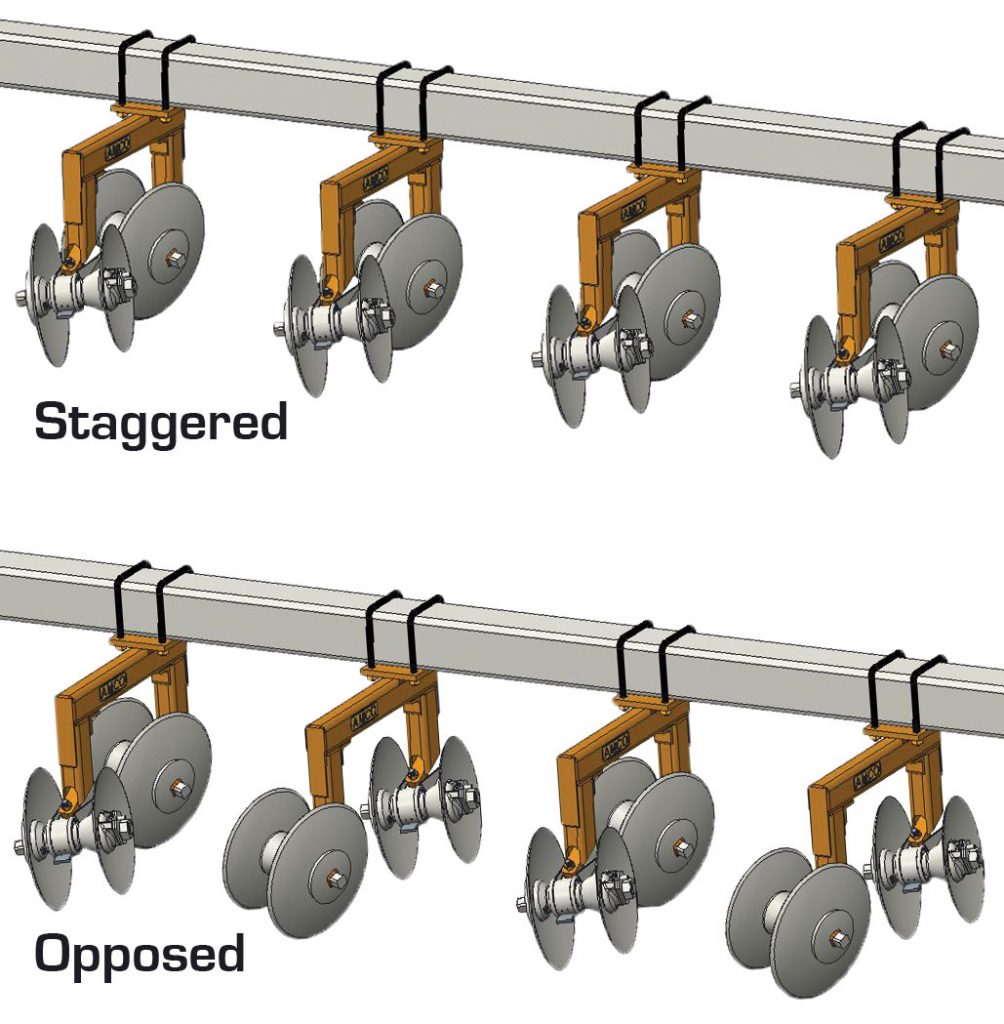 Constructing raised beds
Constructing raised beds
- Operate the bedding hipper at 5 to 8 mph.
- Don’t run the hipper any deeper than necessary. High speeds and shallow depths create uniform beds, while low speeds and deep depth settings may cause bulldozing in front of the hipper’s gangs.
- Always vary the gang angle to suit your ground conditions. Staggered gangs work well in most soil conditions and layer soil into smooth, slightly rounded beds. Opposed gangs make higher, pointed beds and operate well at high speeds, but they clog more easily in heavy, moist soil or fields with lots of trash.
But the real key to constructing solid raised soil beds is using the right tool. AMCO’s High-Clearance Bedding Hipper Assemblies offer top-level performance in high-residue conditions, as well as trouble-free seedbed preparation. Features include:
- Blade sizes from 16″ to 24″; choose from smooth or cutout blades
- 1½” square axles and Protect-O-Shield® Bearings to eliminate blown seals and prevent wrap damage; backed by our exclusive two-year warranty; each housing features two bearings for added durability
- 6-, 8-, 10-, 12-, and 16-row assemblies
- 6-row 7″ x 7″ toolbar (rigid)
- 8-row 7″ x 7″ toolbar (vertical fold)
- 12-row dual 7″ x 7″ toolbar (flat-folding)
- 12-row dual 7″ x 7″ toolbar (flat-folding)
To learn more about AMCO’s High-Clearance Bedding Hipper Assemblies or constructing raised beds, contact our team of tough tillage experts.
Did you know? Because raised beds let soil dry faster, you can plant sooner in wet years, which leads to faster crop emergence. On the other hand, raised beds also help soil retain moisture. In a dry spring, farmers just drag more off the top of the bed to get the needed moisture for planting.
1. https://www.farmprogress.com/technology/scientist-compares-soybeans-on-flat-ground-versus-beds
